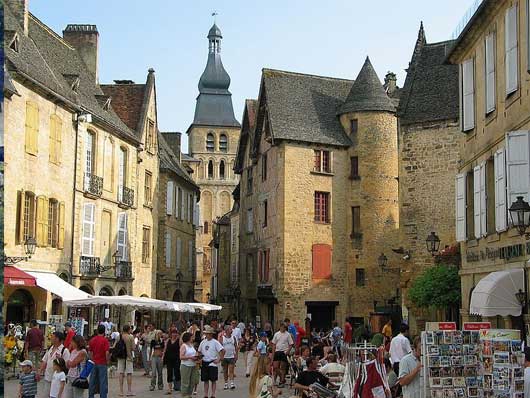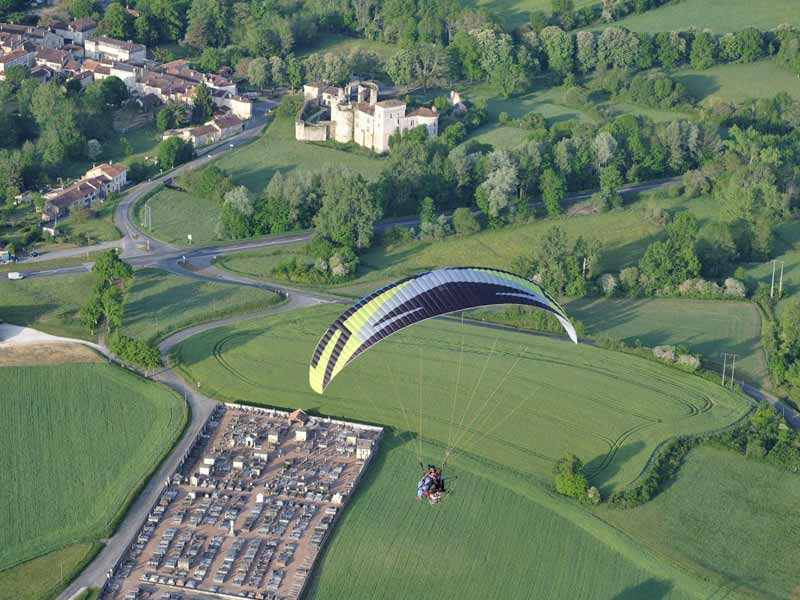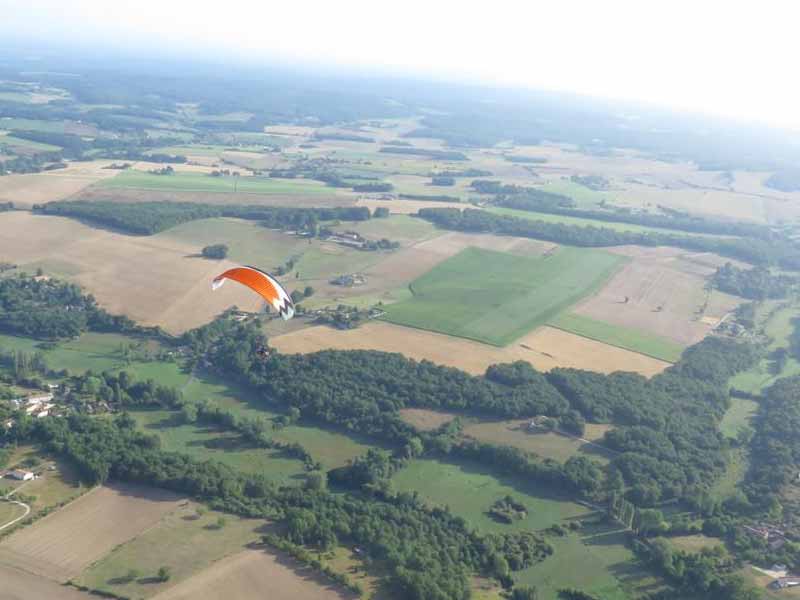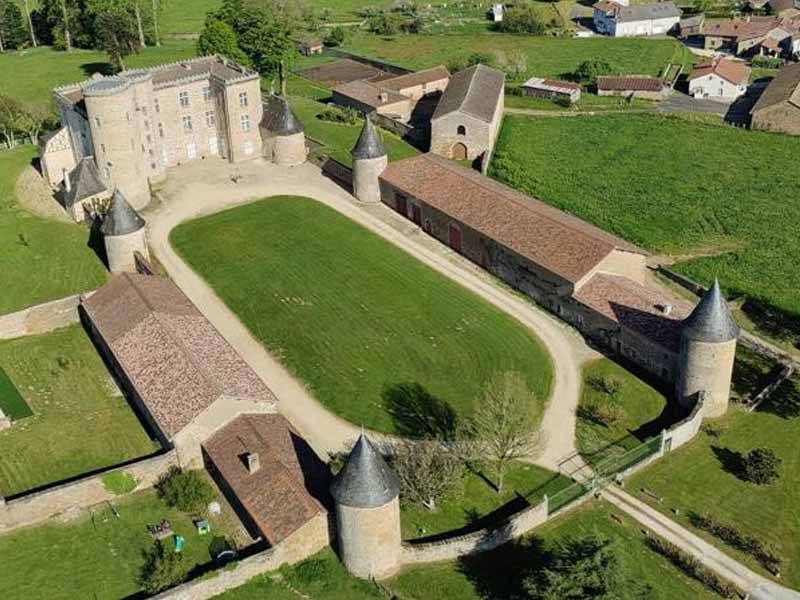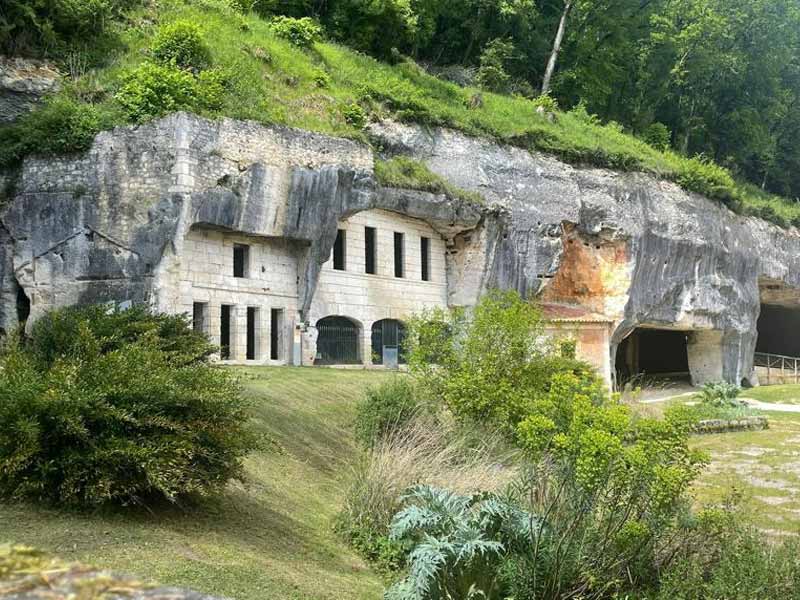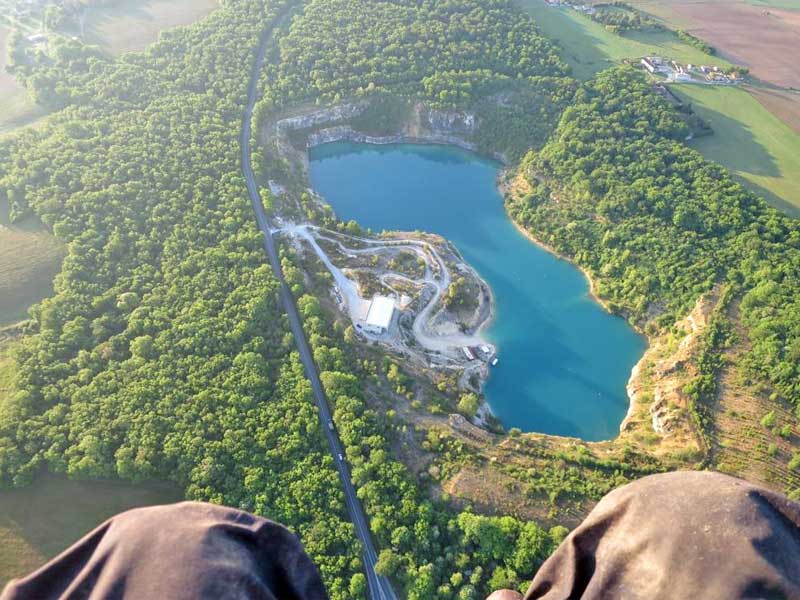Paramotoring in France
Paramotoring in France is an amazing experience that should be on every pilot’s bucket list! You can explore France’s countryside and villages from a unique viewpoint with guided or recommended routes. Le Roque Dordognes, Charrente, Rocamadore, Brantome, and the Oradour-Sur-Glane are all beautiful destinations! Whether you’re looking for more leisurely experiences like kayaking, climbing, markets, go karting, châteauxides through the stunning countryside, France has something to offer everyone.
History also has a large role to play in the Charente. From excavated prehistoric caves to quaint medieval villages, France has preserved history in all its forms. Oradour-Sur-Glane is a particularly special destination; the Memorial Centre and Martyr Village is a reminder of the victims of the 1994 massacre. The Grand Roc Cave and Château of Castelnaud are also historical sites of interest to explore.
For a unique, fun, and educational experience, paramotoring in France is where it’s at!
Caves
Exploring the history and beauty of the caves in the Dordogne and Charente regions of France can be a fun and adventurous experience! These two regions offer some of the most stunning and historically significant caves in France, boasting numerous stories and myths about their origins.
The Grotte de Font de Gaume is one of the most popular caves in the Dordogne region, containing some of the oldest known cave paintings in the world. This unique site boasts more than 200 prehistoric paintings and engravings from the Magdalenian period, making this a must-see for visitors.
Moving onto to the Charrente region, the Grotte de Villars cave is one of the most important archaeological sites in the area. Discovered in 1909, unique chauvet painted figures have been found in this cave complex as well as a number of other objects of great importance. This incredible cave complex will surely leave an impression on all who visit.
Other well-known caves situated in the Dordogne and Charrente regions include the Gouffre de Padirac, the Grotte de Rouffignac, the Grotte de Saint-Cirq, the Grotte de la Madeleine and Lascaux, the latter being home to the iconic Lascaux Caves, one of the most important sites of European Prehistory.
The caves in the Dordogne and Charrente regions of France present you with the unique opportunity to explore some of the oldest and historically significant caves on the planet. Whether it’s checking out prehistoric cave paintings in Font de Gaume or discovering ancient artifacts in Grotte de Villars, these sites are sure to be a memorable and fascinating experience!ving in our area
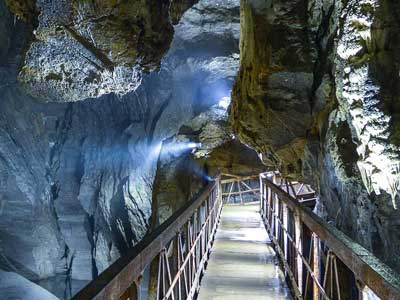

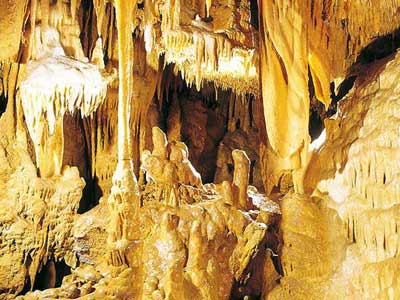
Kayaking in the area
Brantome, or the Venice of the Perigord, is an amazing spot for kayaking. Located in the Dordogne region in south-west France, it’s a paradise of winding rivers and canals. The nearby rivers – the Dronne, L’Isle, the Nizonne, and more – all offer beautiful areas for a kayaking adventure. Taking this kayaking trip will give you the chance to enjoy the natural beauty of the region and to explore both the modern and ancient history of France.
As you paddle down the rivers and through the canals, you’ll get to experience the majestic hills, the peaceful forests, and the beautiful historic châteaux along the way. Along the Nizonne River, from Aubeterre-sur-Dronne to Brantome, you can journey through the rural landscape and admire the various small villages and hamlets. As you pass through Brantome, you’ll be mesmerized by its medieval church and abbey, riverside mansions, and the vibrant bridge across the Dronne River.
On the Dronne, you’ll get to visit small towns like St. Avit-Sénieur and Combiers, with their unique Medieval architecture and stunning sandstone cliffs. Along the way, you can also take the time to explore the nearby châteaux and churches, and discover the ancient forests, medieval castles, and Renaissance churches lining the rivers.
These rivers and canals form a breathtakingly beautiful river network and constitute a great day out. Whether you love to witness the historic beauty of the region or simply want to take a leisurely kayak adventure, kayaking through Brantome and the nearby towns and rivers is the perfect way to spend time with nature while still enjoying the best this stunning region has to offer.
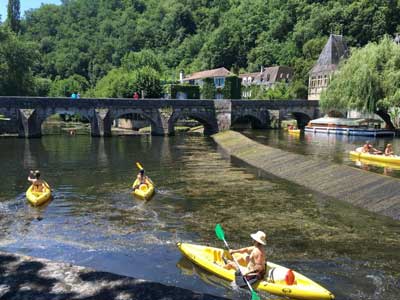
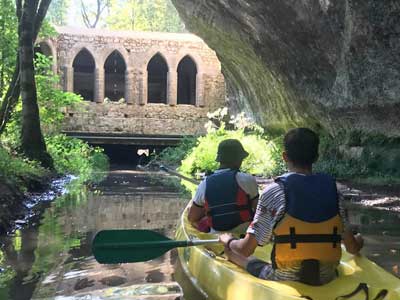
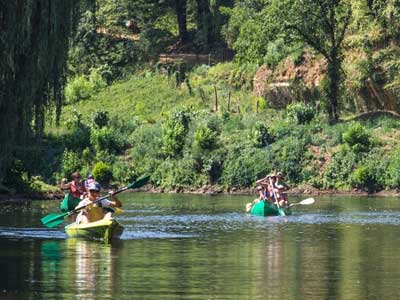
The Village of Brantôme
Because of its special setting, the town of Brantôme is nicknamed Venice of Perigord and and is the perfect place to wander around with its charming river banks, its Benedictine abbey, its Moines garden great for relaxation, and its beautiful restaurant terraces along the water.
The town sits on a bend of the river Dronne that encircles a large part of the town and the steep wooded slopes form an attractive backdrop.
The Benedictine Abbey on the rivers edge is superb and this along with the old stone bridge, weir and pretty mill now turned into a splendid hotel and restaurant all make for a very photogenic scene and make Brantome one of the most beautiful towns of the Dordogne.

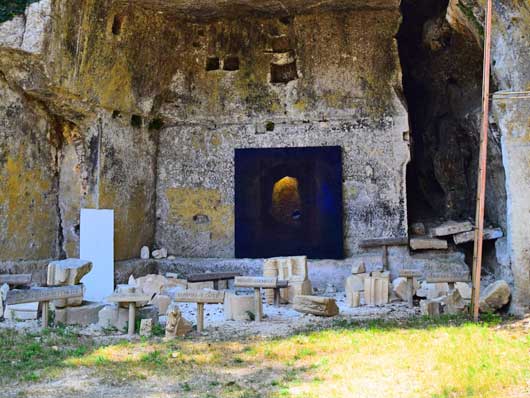
La Forêt des Singes (Monkey Forest)
Experience this unique opportunity to visit ’La Forêt des Singes’ an exciting walk amongst 150 free roaming Barbary macaques.
You will be able to discover this amazing species as they exhibit their natural behaviour with no bars or cages to hinder your view.
With thousands of positive reviews from visitors worldwide, this really is one you just can’t afford to miss!


Grand Roc Cave
The caves of the Great Roc were arranged and opened for the visit in 1927. They open at half the height of an impressive cliff overlooking the Vézère valley in Les Eyzies.
In this place, the spectator amazed circulates in a veritable mineral forest composed of an incredible variety and density of crystallizations rarely equalled in the other caves.
Calcite flows line the soil in places. Of the ceiling hang from sometimes fine stalactites, sometimes imposing and translucent.
From the ground leave stalagmites sometimes joining together to create columns. We also admire a lot of eccentrics and draperies highlighted by a light that intensifies the colours of the concretions.
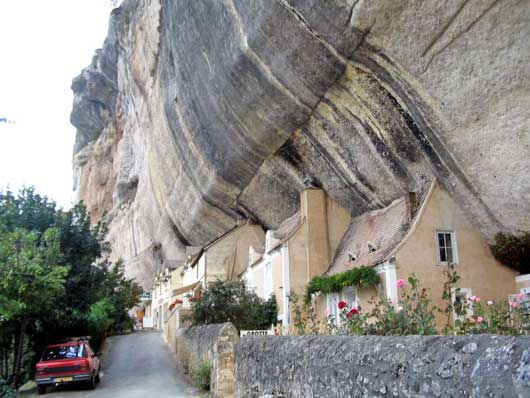
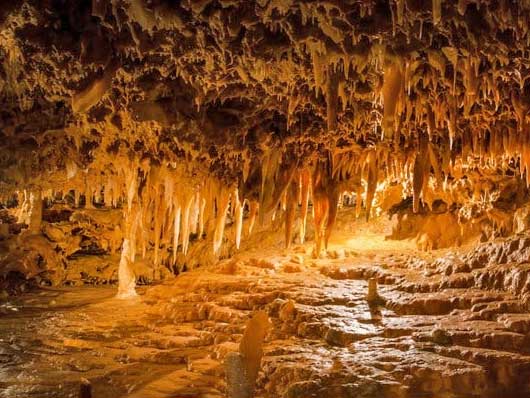
Chateau of Castelnaud
Built on a rocky outcrop in the heart of the Périgord Noir, the Château de Castelnaud offers a magnificent panoramic view over the Dordogne Valley. Founded in the 12th century, it is a perfect example of a medieval fortress.
Today, the Château houses an important collection of weapons and armour. Along the bastion, the most powerful siege machines from the Middle Ages have been recreated and placed in attack positions.
The Middle Ages were largely passed in conflict with their near neighbours at chateau Beynac, and Castelnaud managed to change hands seven times between the French and the English, as each fought to control the region.
At the end of the Hundred Years War the Caumont family repaired and added to the castle, adding large new living quarters but always keeping its defences a key priority. The Caumonts became Protestants and protected the castle during the wars of Religion in the 16th century. Captain Geoffroy, who was born at the castle, fought so ferociously that no one dared to attack Castelnaud.
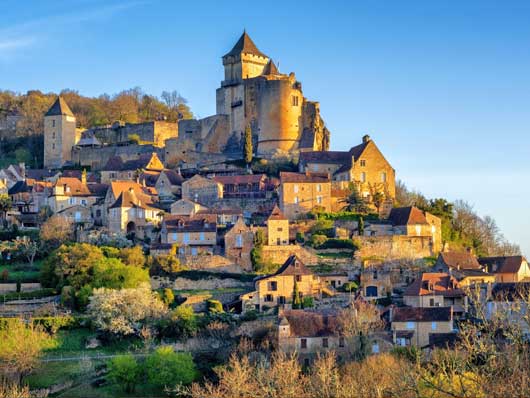

Oradour-sur-Glane: the martyr village and Memorial Centre
On 10 June 1944, the population of the Limousin market town of Oradour-sur-Glane was massacred by a troop of Waffen SS.
Visitors can learn about this terrible, historical event in the Memorial Centre.
On 10 June 1944, the population of the Limousin market town of Oradour-sur-Glane was massacred by a troop of around 200 Waffen SS. the men were separated from the women and children and were simultaneously executed in various places close to the town. The women and children were enclosed in the church and were massacred by gas, grenades and other explosives before being machine-gunned.
The church was then set alight, the village pillaged and burnt and, in a few hours, reduced to ruins.
Maintained in this condition since Liberation, the site bears witness to Nazi atrocities and the necessity to remember as homage to the 642 victims of this abject crime.
A memorial and a place of recollection, the Oradour-sur-Glane martyr village and Memorial Centre thrusts us into reflecting upon the atrocity that is war.


Bergerac
The town of Bergerac nestles along the banks of the River Dordogne. It’s in an area known as Périgord Pourpre (purple Périgord). A land of lush vineyards, the Purple Périgord is also famous for its rolling hills and fields of sunflowers peppered with tiny hamlets and grand castles.
The highlight of a trip to Bergerac is the old town – the area immediately north of the river, signposted ‘vieille ville’. This part of the town has some lovely streets and squares to explore, and a variety of boutique type shops.
The old town centres around Place Pelissiere which is a lovely square edged with cafes and restaurants and always full of flowers. At the top edge is the St James church with its attractive bell-tower.
There are a number of restaurants in both ‘old-town’ Bergerac among the attractive medieval half-timbered streets and in the pleasant newer parts of Bergerac. There are also various open-air cafes where you can pass a very pleasant hour just watching people going about their business.
